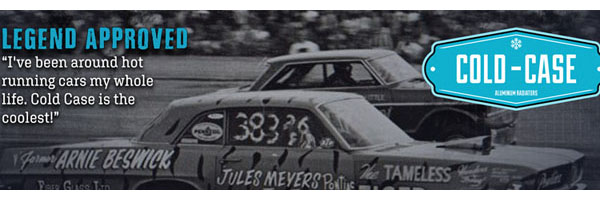 No Start Issue, I'm at a Loss
No Start Issue, I'm at a Loss
I've posted about some intermittent stalling episodes with my '89 LeSabre before. LN3 3800
About a year ago, I thought I finally had it sorted out after weeks of diagnosing and replacing the ECM, CAM sensor and Crankshaft Position sensor.
(The ECM may have been unnesassary in the end. I replaced that first, just hoping for a quick cure, but the stalling kept happening and seemed to be getting more frequent.)
All was well up until this August, when the engine died three seperate times while running errands on a trip to town. The third time, I was in a handy spot to wait for a tow and it acted like it may not re-start again so I called AAA and had it hauled home.
A couple days later, I thought I'd try it to see if I could back it up on ramps instead of jacking to change the fuel filter. Surprisingly, it started right up. I then let it idle for 10-15 minutes to see if it would stall again. It kept running, even during the lengthy trial and error of setting up the car ramps to get them evenly positioned.
After I installed the fuel filter, I dumped in a bottle of concentrated injector cleaner, since I hadn't used any additives for that in more than a couple years.
For several weeks, I drove the car down our quiet road and back, a 2.8 mile round trip, a couple times per session, every day the weather was clear. Hoping to build my confidence back in the machine while I let the inj cleaner work its way up to the motor. BTW, I also had done a fuel pressure check at the injector rail with a quality gauge, before and after I changed the filter. It was within spec, per the GM service manual.
After twenty or so sorties over several days, without a single stalling episode, I was ready to risk driving the car down the main road again. The last time I test drove it, it seemed to be idling better than it had in recent memory. I parked it in the door yard and got out to open the hood before I shut it off, just to listen to it run a little bit.
Just as I was opening the hood, without warning it just stopped running. It would not restart (and hasn't as of this writing).
Well, now I figured I have to get out the service manual and go through the steps from CHART A-3 again.
I have good fuel pressure. I have spark indicated at all six coil secondary posts and the downstream end of cables 1, 3 and 5. I have tested all six injector harness terminals (unplugged from the injectors) for signal from the ECM (confirmed). I've had the front side spark plugs out a few times to check for fouling and they have the normal coloring... electrodes show no wear. It was hard to tell if they had some dampness from gas but they certainly weren't soaked.
There are NO codes stored in the diagnostic plug (comp). There weren't even any on that day I had it towed. So I haven't done any of the specific tests for the critical sensors that control the ign/fuel.
The only thing I could think of that would prevent the engine from at least trying to start with the above conditions met would be a broken timing chain, which I was almost expecting until I had my brother look inside the valve cover while I cranked the starter over and he saw the rocker arm moving up and down.
I have a suspicion that if I replaced either the (1) Ignition module, (2) ECM, (3) spark plugs (least likely), the engine would start. I just don't believe all six plugs would simultaniously fail completely. Or the cables, Or the injectors.
The fuel pump was replaced in 2012, so it's a possibility it could be at the end of its 'life' but again, I have been getting sufficiant PSI readings at the test port.
I'm open for suggestions
|
















 Linear Mode
Linear Mode



